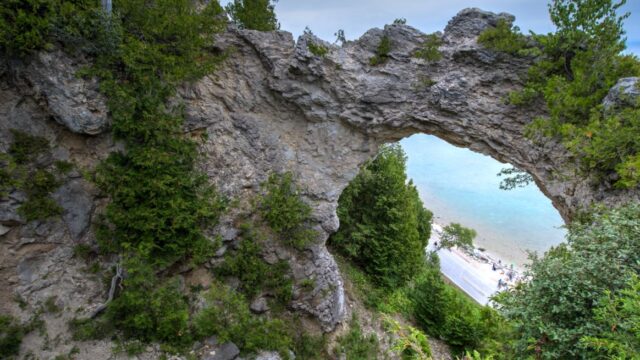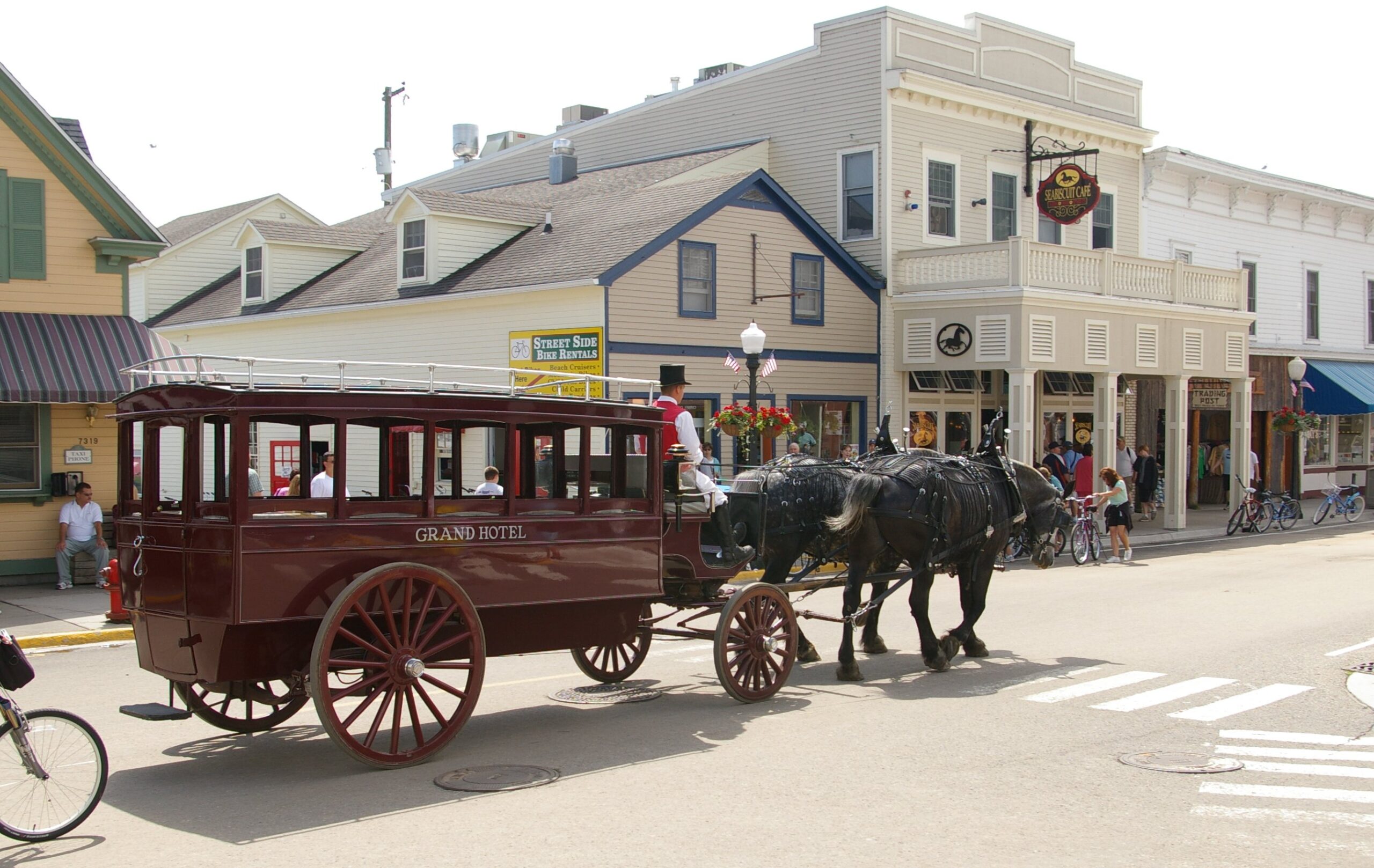Our “Forgotten” National Parks

Many park enthusiasts are aware that Yellowstone was established as our nation’s first national park, but what came next? Was it Glacier? Acadia? Shenandoah?
How about Mackinac Island? Rock Creek Park? How about both!
That’s right, in 1875, Mackinac National Park was established on a small island north of Michigan, and in 1890, Rock Creek Park in DC became the third park protected by the federal government. If you’ve never heard of these early national parks, don’t fret because neither exists as a “national park” today.
What happened to these early parks? Why did they lose their national park status?
After Mackinac Island became a national park in 1875, it was managed by the United States Army at nearby Fort Mackinac. As in several early national parks, ranger services were provided by Army soldiers who helped build roads and buildings, combat erosion, and protect park sites against logging and illegal poaching. Mackinac Island, a popular summer vacation destination, became home to a fancy hotel, several cottages built for visitors, and a small year-round population.

However, in 1885, Fort Mackinac was decommissioned by the United States at the request of the state of Michigan. The troops on the island packed their bags and headed out, leaving Mackinac National Park without a steward. Instead, the island was turned over to the state of Michigan as Mackinac Island State Park, the first park in the state’s history.
The residents and buildings on the island stayed, but strict building regulations were put in place to restrict excess construction and maintain the island’s Victorian aesthetic. The most famous of these restrictions: no cars! Even today, motor vehicles are not allowed on Mackinac Island, making it a one-of-a-kind destination.
However, Rock Creek Park’s story is a bit more complicated. One of the largest urban parks in the United States and over twice the size of New York’s Central Park, it was initially administered by a commission of U.S. Army representatives and governmental appointees. In its early days, the park used chain gang labor to help grade and build roads throughout the park. In 1899, the park received its first batch of federal funding to help with road and bridge construction.
The park also acquired Pierce Mill, a stone mill built in the 1820s. Though one of several similar mills along Rock Creek, Pierce Mill remains the only one standing. After being acquired by the park, it functioned as a working mill until 1897 and a tea house run by Mary Louise Noble and later the Girl Scouts Association of the District of Columbia before being turned over to full-time park control.

In 1913, Congress authorized a bill allowing Rock Creek Park to expand along the Potomac Parkway, a major connecting road through DC. Then, in 1933, a massive restructuring of the executive branch occurred under President Franklin D. Roosevelt. In the process, Rock Creek Park transitioned from management under the US Army to the National Park Service and was redesignated as part of the National Capital Parks, losing the official status of a “national park” and their park superintendent.
Over the next 60 years, Rock Creek Park was shuffled through several restructurings and even briefly regained national park status for part of 1975. Finally, in 1977, the park regained a superintendent for good and settled into its role within the NPS.
Today, Rock Creek Park has a unique listing within the National Park Service. The large urban park is categorized under “other,” a designation with only ten other sites, including the White House. While not a national park, Rock Creek Park protects elements of American history and provides vital outdoor access to residents of DC and Maryland.
Whether talking about Mackinac Island or Rock Creek Park, these natural beauties hold a special yet often-forgotten place in the nearly 150 years of National Park Service history. Though neither has a “national park” designation today, both sites remain public and protected to preserve their cultural and historic significance.







